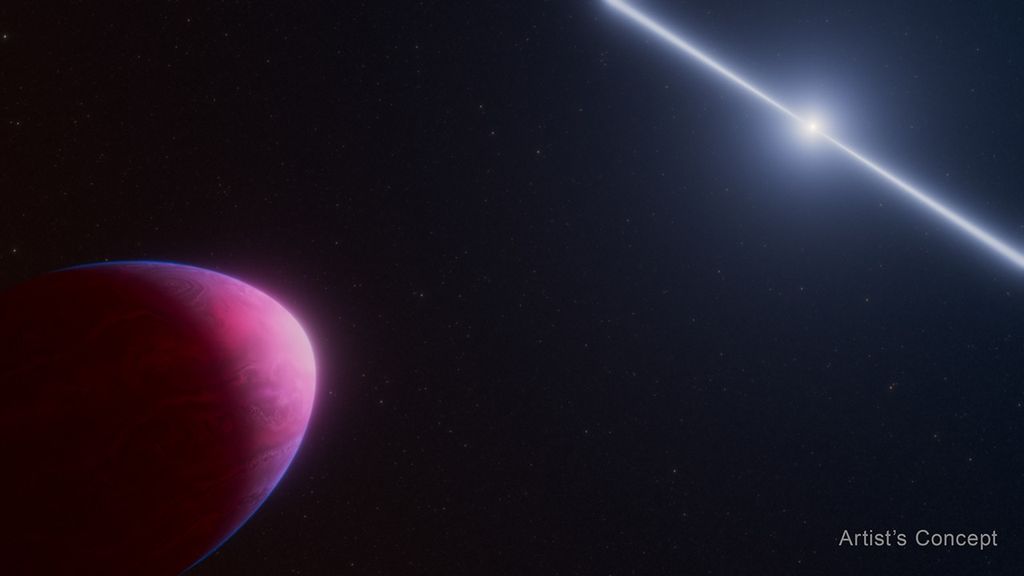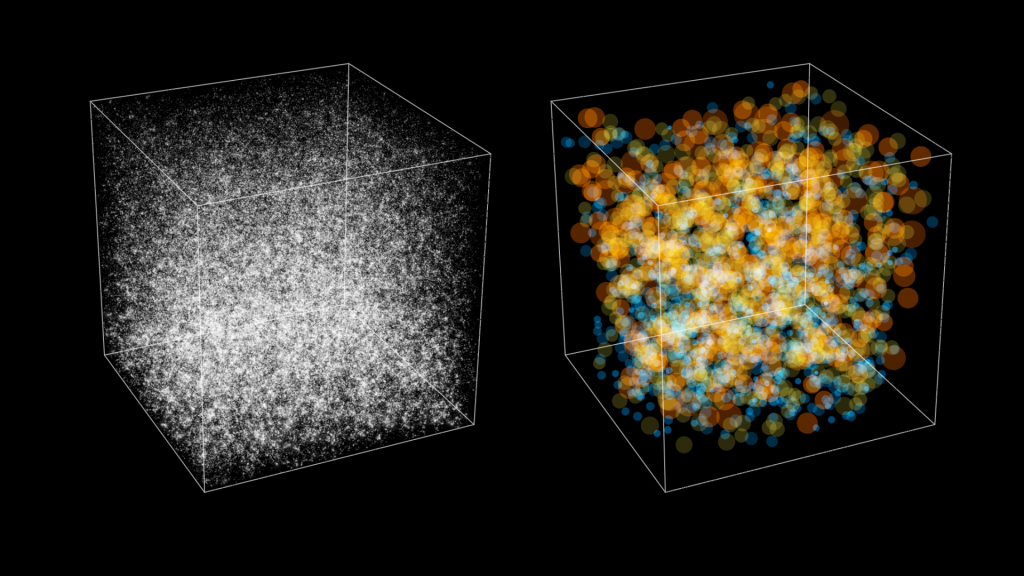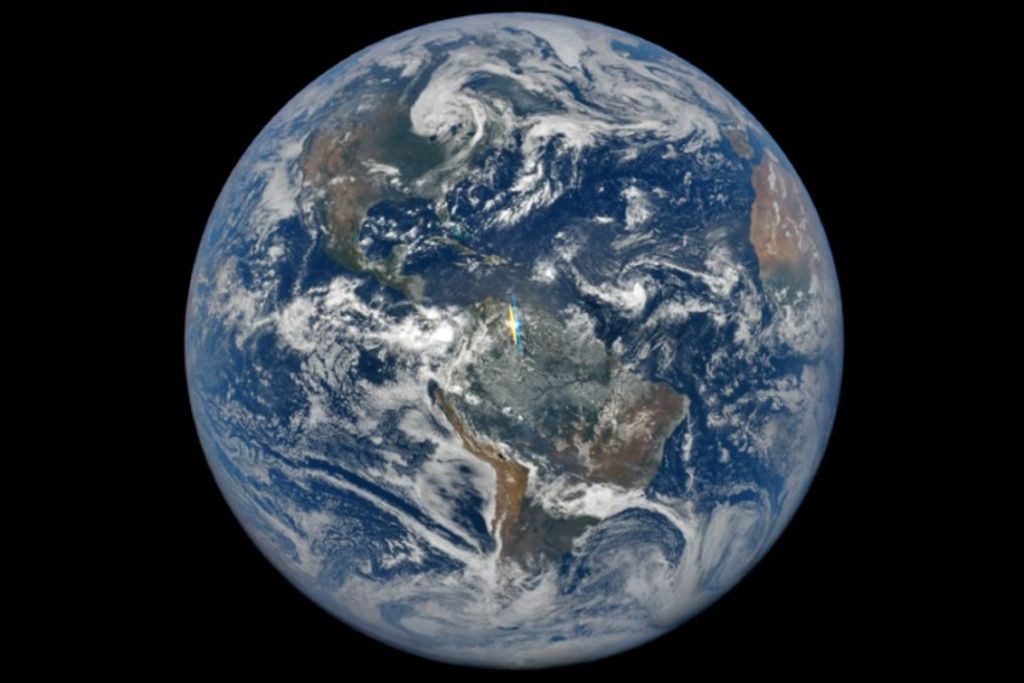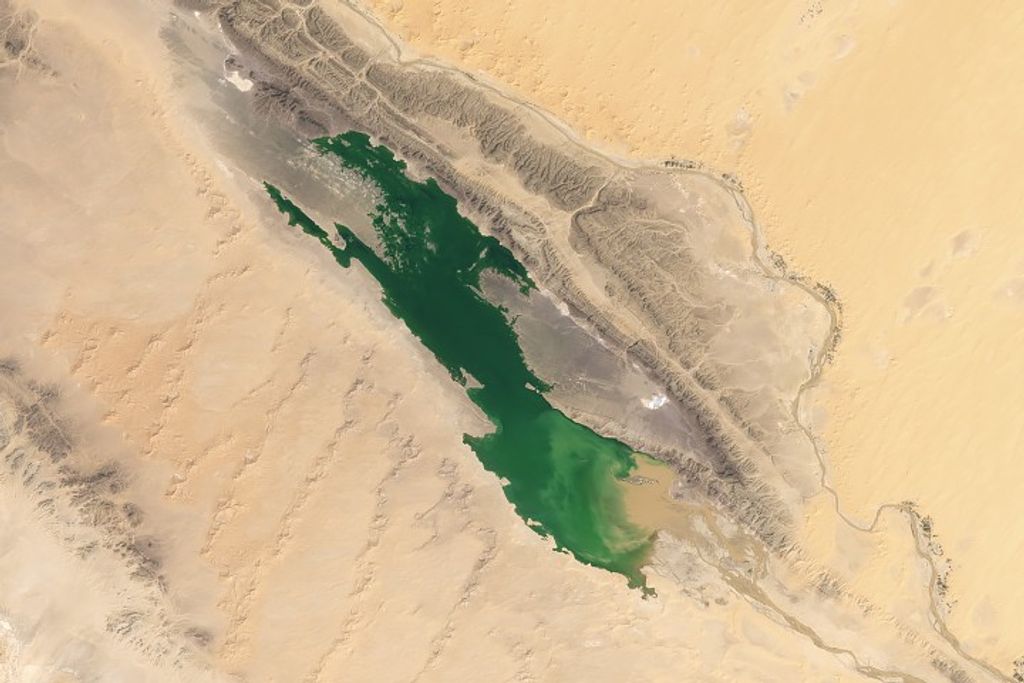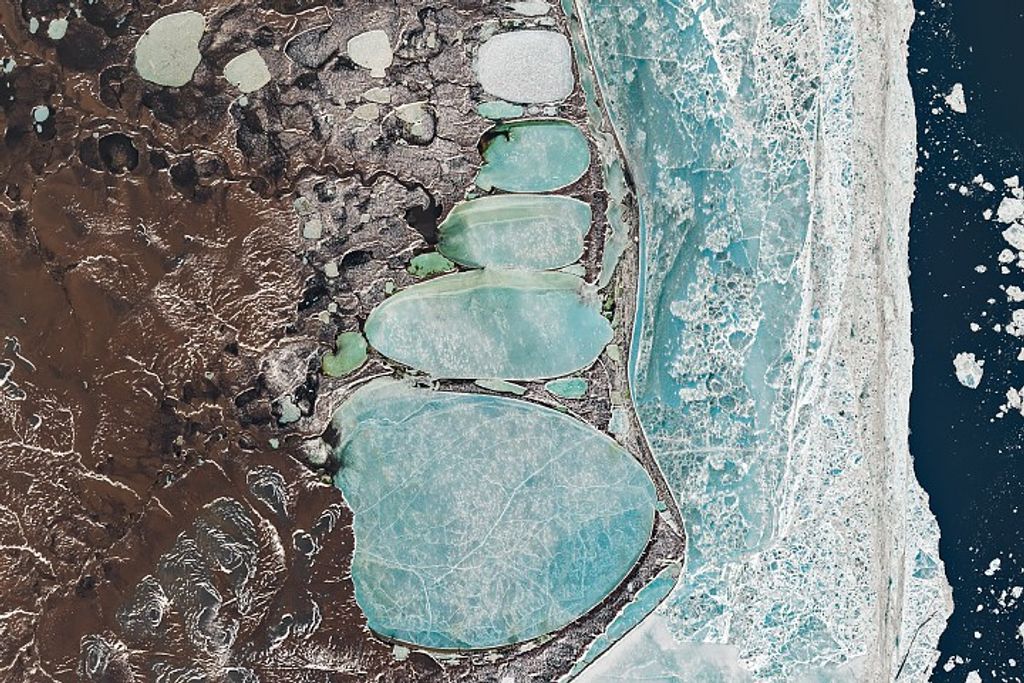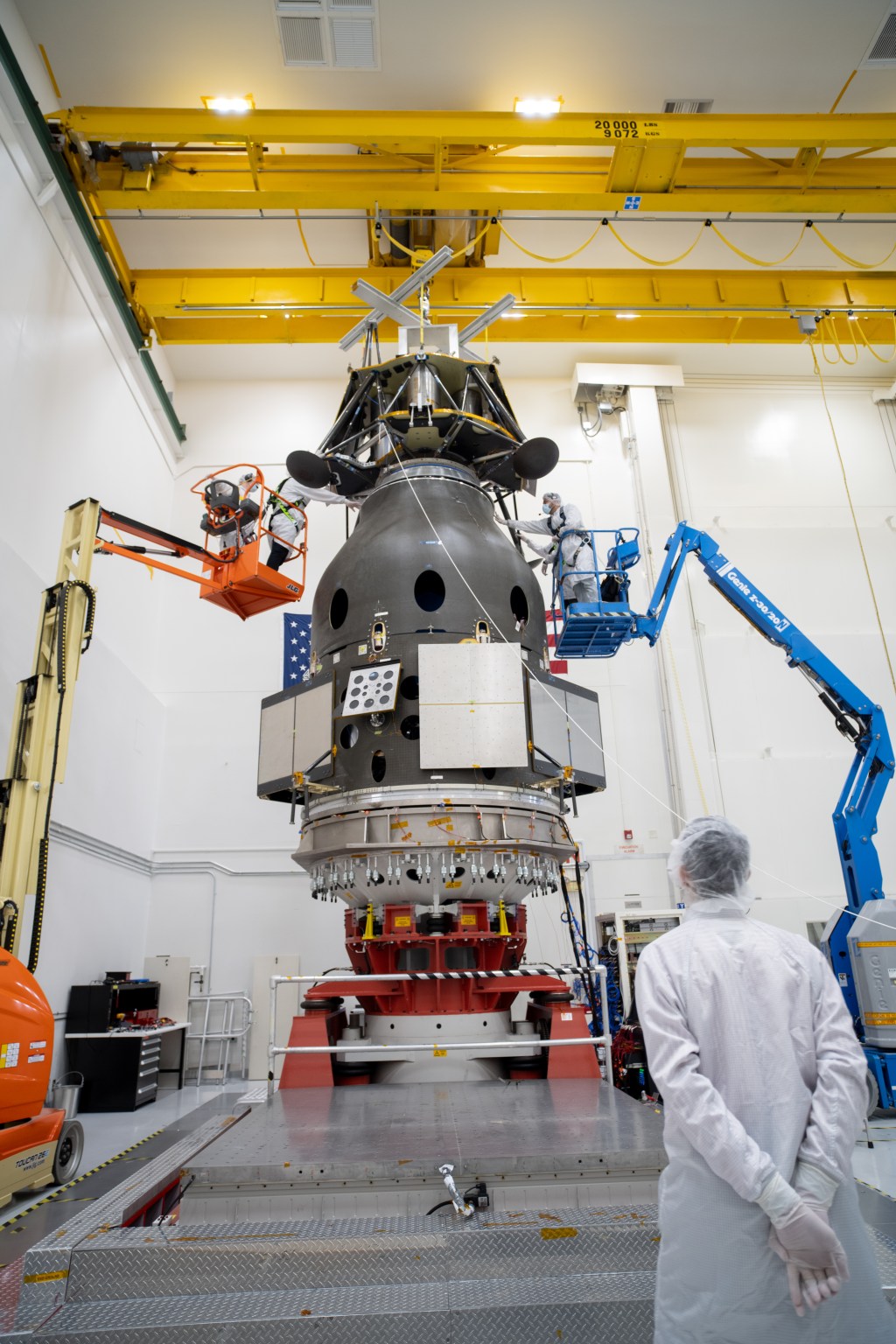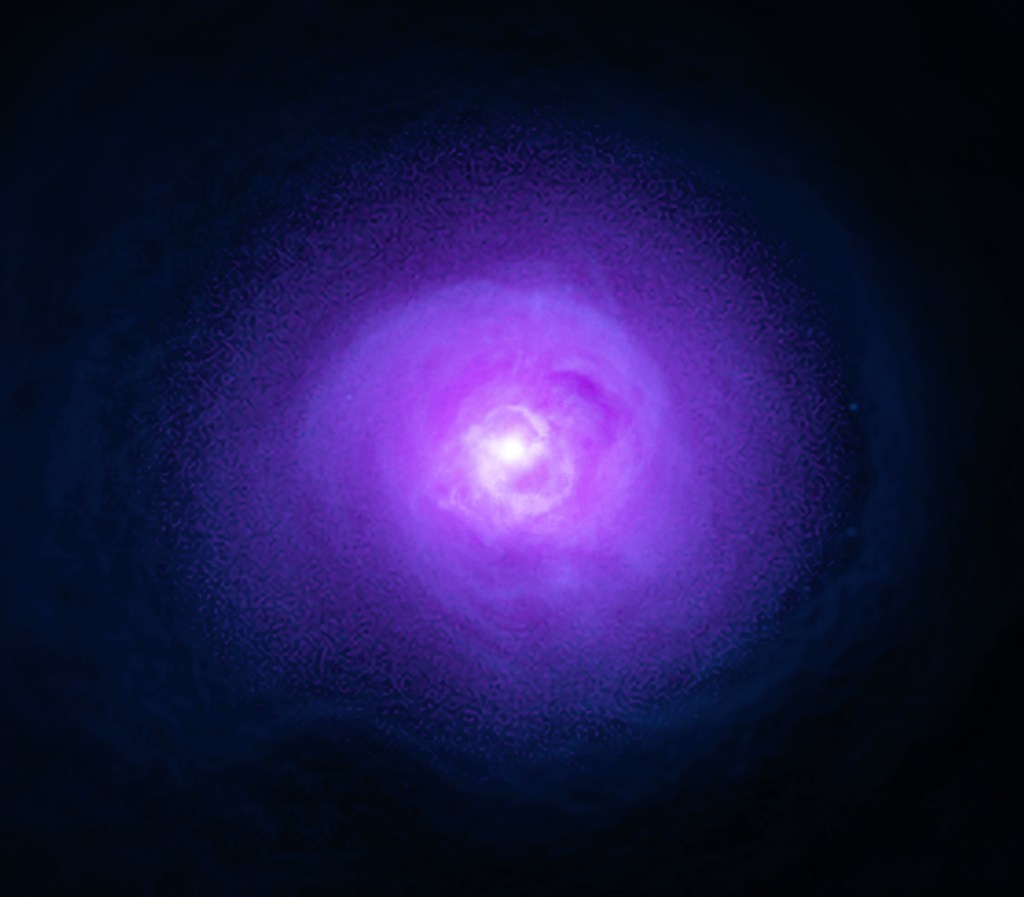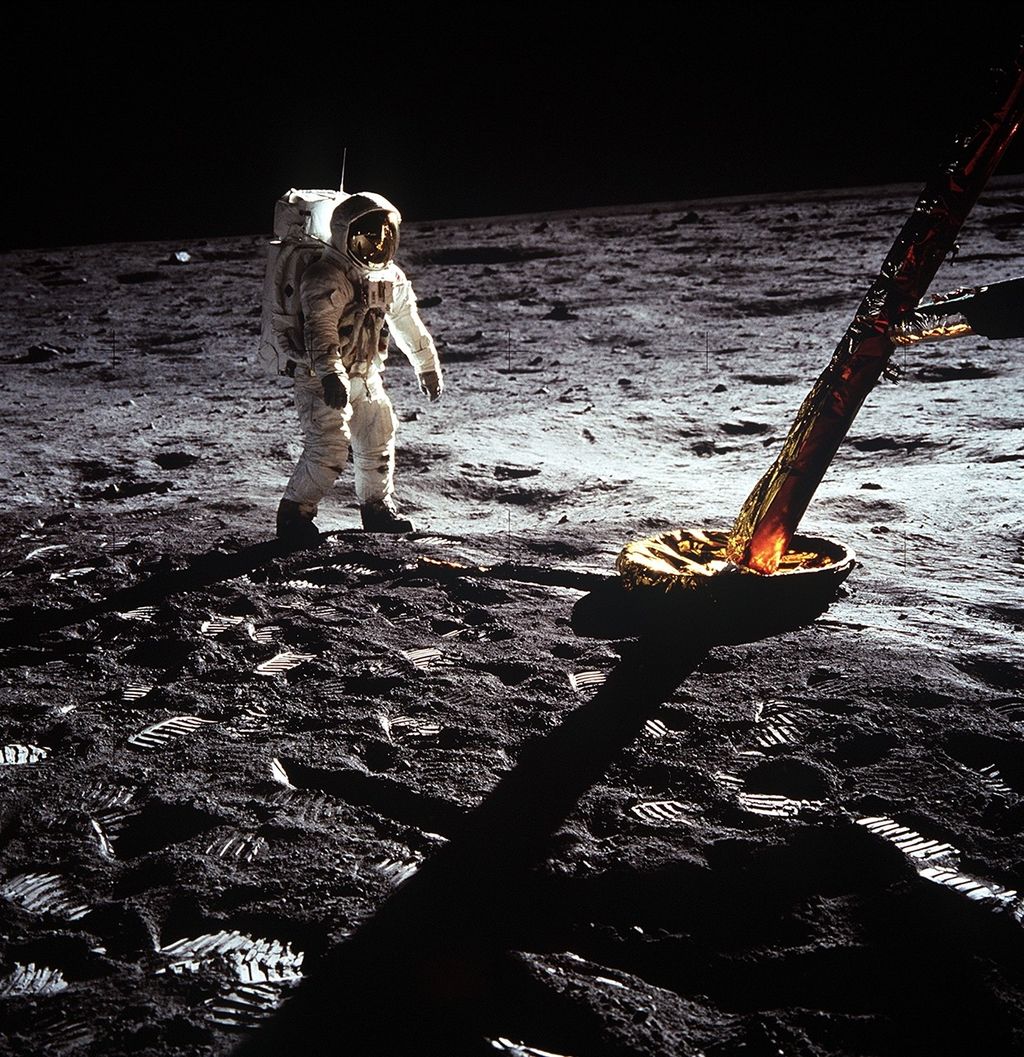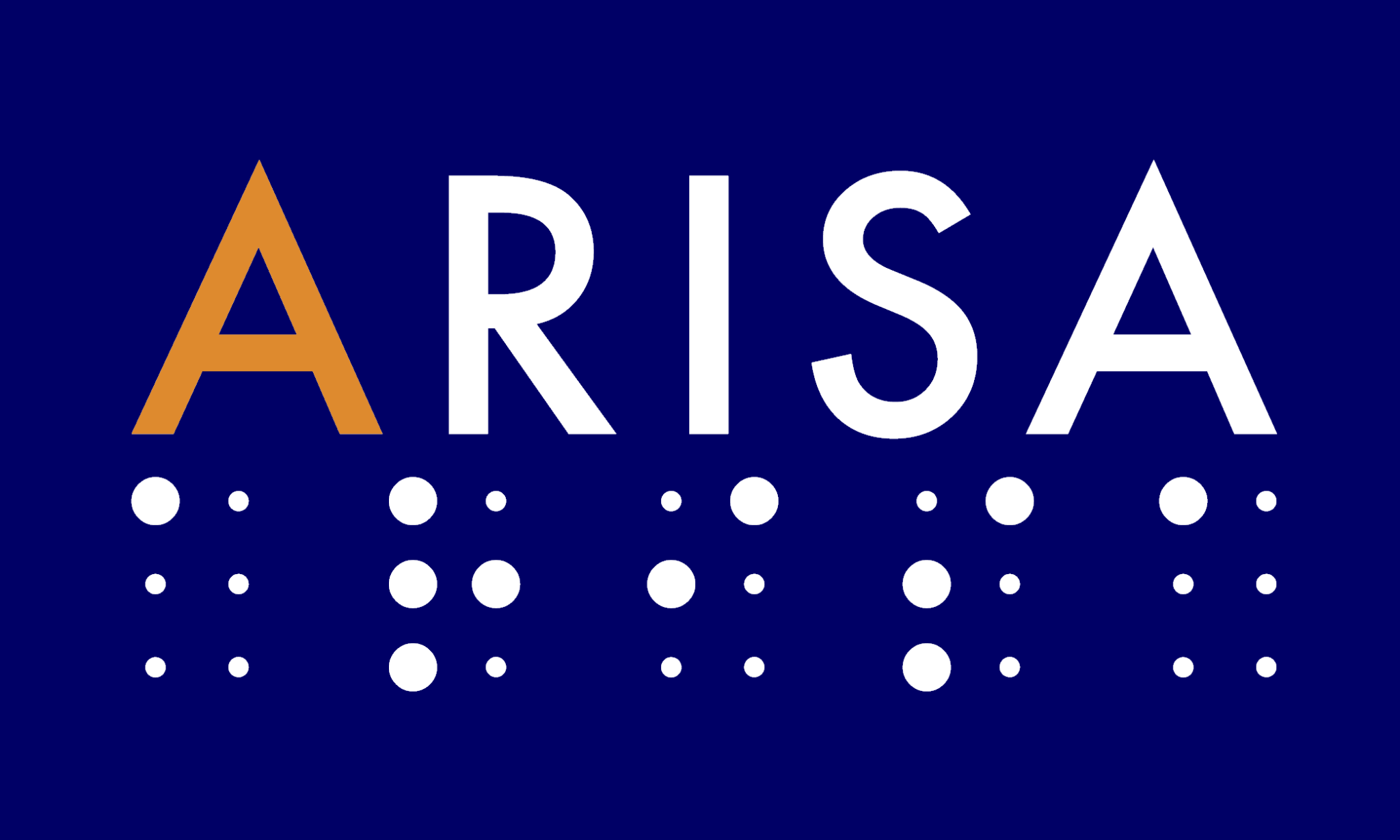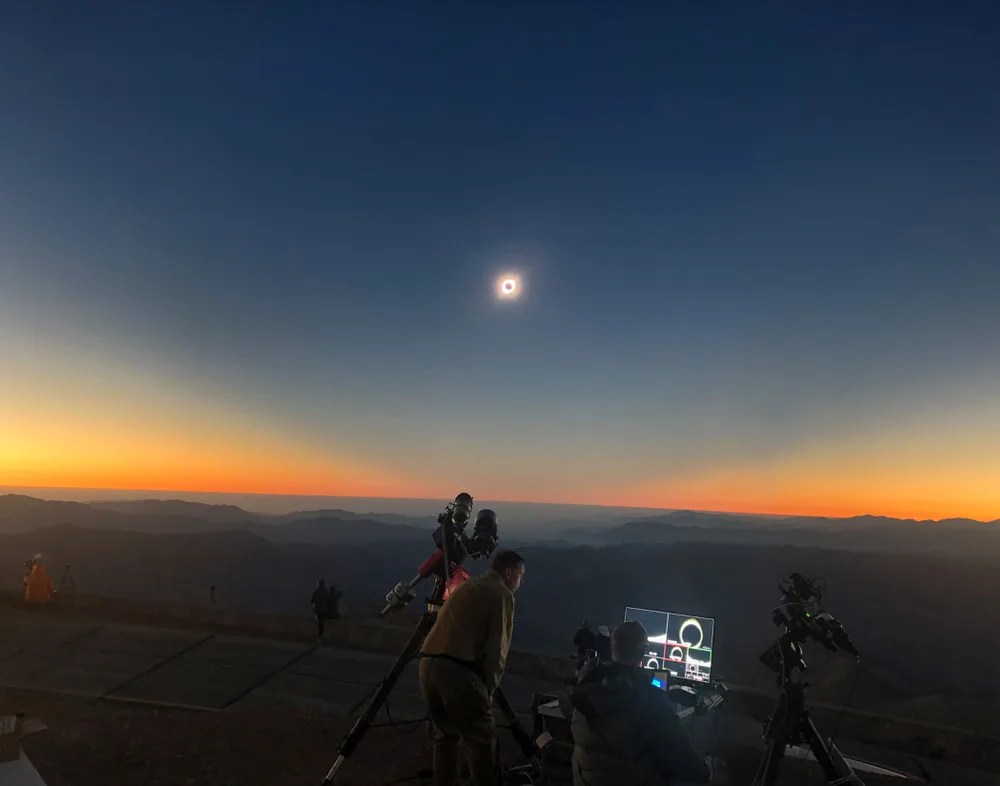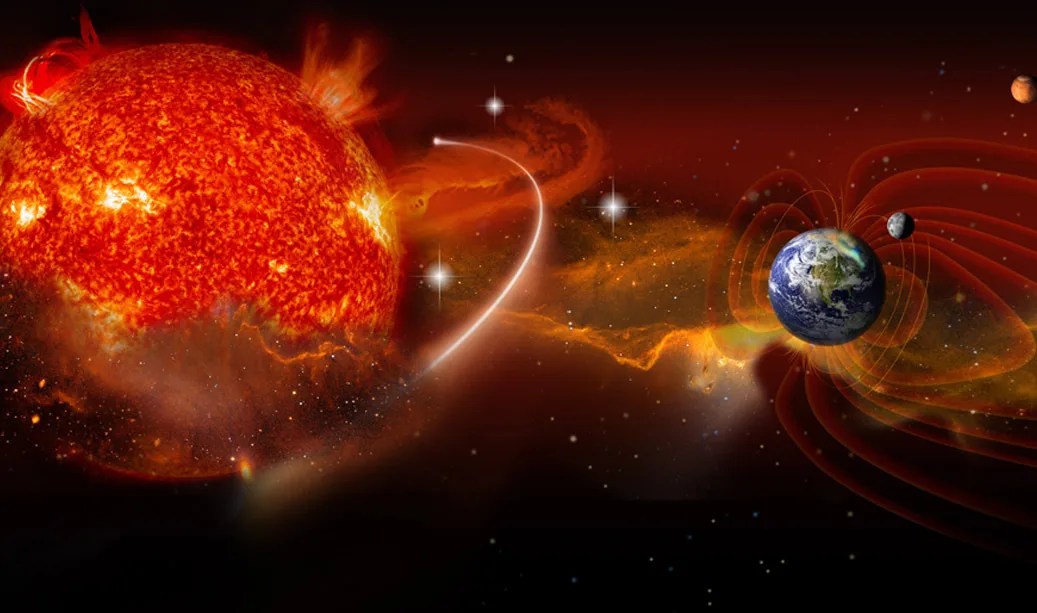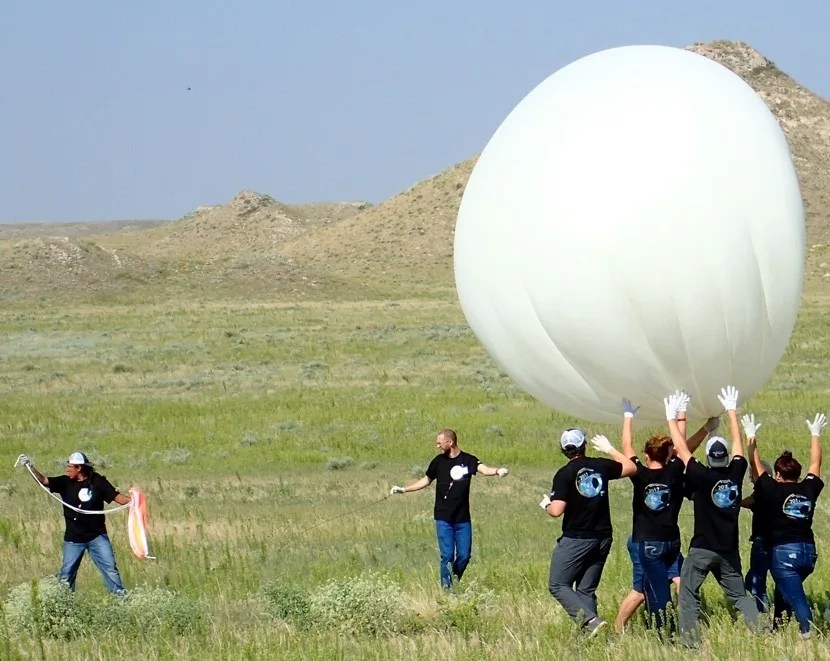Eclipse Soundscapes
Providing accessible, eclipse-related citizen science activities with NASA experts.
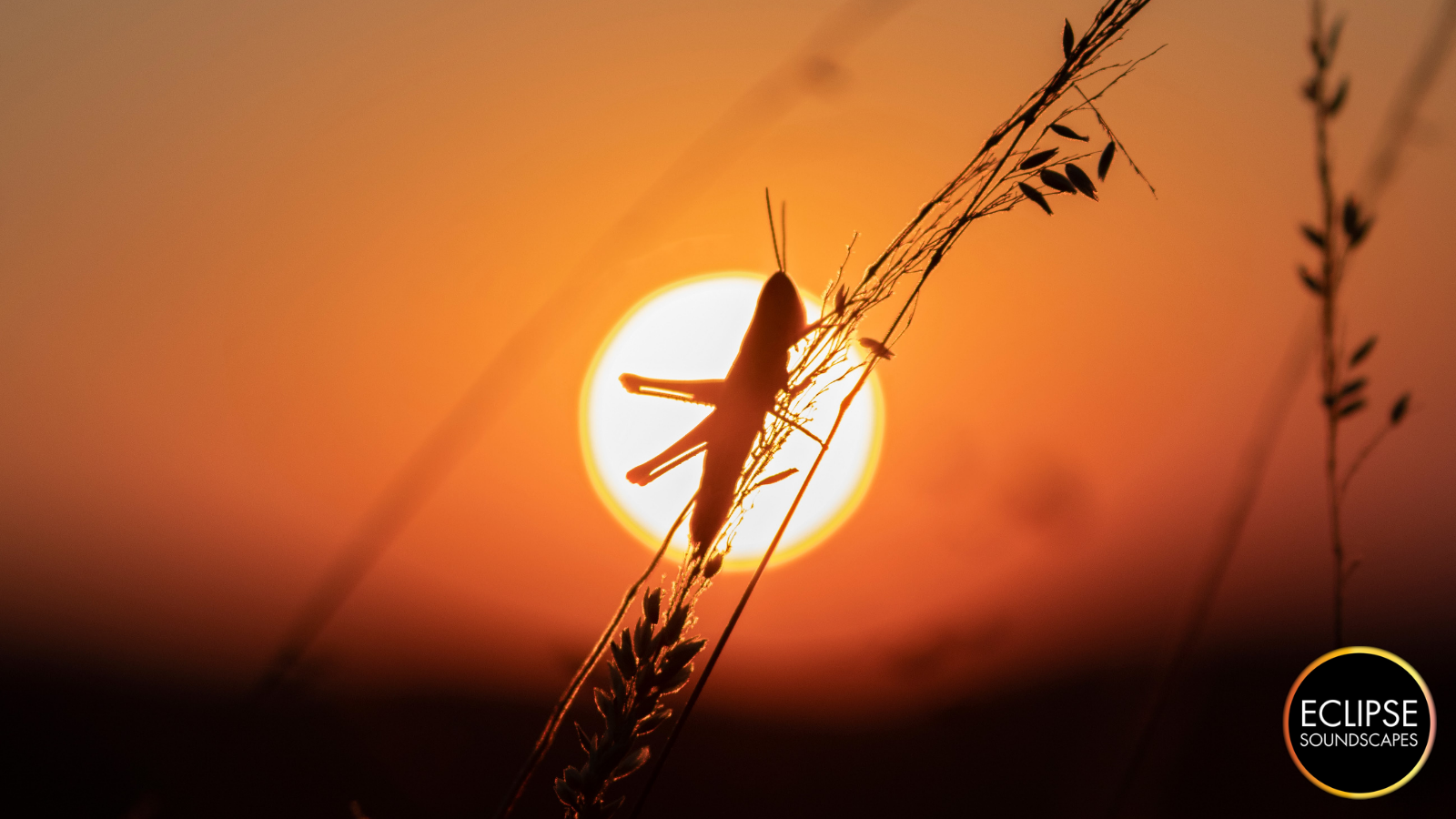
Team Mission
The Eclipse Soundscapes: Citizen Science Project (ES:CSP) will provide opportunities for citizen scientists to participate in meaningful scientific research on how eclipses affect life on Earth.
Eclipse Soundscapes: Citizen Science Project builds on the work of Wheeler et al. (1935), an early citizen science effort that documented animal reactions to a 1932 total eclipse. The Boston Society of Natural History formed an Eclipse Behavior Committeeto record observations from game wardens, naturalists, and members of the general public. This effort produced 498 reports detailing the activities of birds, mammals, insects, reptiles, and fish. While these and other accounts from past eclipses hint at changes in animal behavior, most lack the detail or accuracy needed to validate scientific hypotheses. Some reports also describe changes in soundscapes, such as Vernon Bailey of NH, who wrote: "During the time of totality not a sound was heard except the chirping of numerous crickets." This suggests that eclipses could be studied in a multisensory manner.
The Eclipse Soundscapes: Citizen Science Project (ES:CSP) will engage citizen scientists in multisensory observations and data collection, encouraging participants to use any and all senses available to them to contribute to NASA science. By documenting changes in sound, light, temperature, and wildlife behavior, participants will help scientists better understand how eclipses affect life on Earth. After data is collected, participants will also have opportunities to learn about the analysis process, exploring how scientists interpret soundscape recordings and other observational data to study disruptions in light and circadian rhythms. NASA subject matter experts (SMEs) will guide this work, incorporating data from the 2023 Annular 2024 total solar eclipses.
Follow the project on Facebook @EclipseSoundscapes, Twitter @EclipseSoundUDL, and Instagram @EclipseSoundscapes to stay updated and get involved!
What does your team hope to achieve?
- Expand participation in NASA science by collaborating with Science Activation (SciAct) partners to engage as many learners as possible, providing opportunities for more people to contribute to scientific research and discovery.
- Communicate key scientific concepts and data using multimodal and multisensory approaches to create engaging learning experiences.
- Work closely with partners throughout the process to ensure that the design of materials and multisensory approaches support a wide range of participants, making scientific engagement more effective for everyone.
- Engage participants in the scientific process, encouraging them to contribute meaningful observations and data alongside NASA SMEs
- Build upon the Wheeler et al. (1935) citizen science project by applying modern tools, techniques, and soundscape ecology frameworks to study changes in soundscapes during eclipses.
Project Website
ARISA Lab, LLC
Facebook: @ArisaLabLLC
X: @Arisa_Lab
Instagram: @ArisaLabLLC


